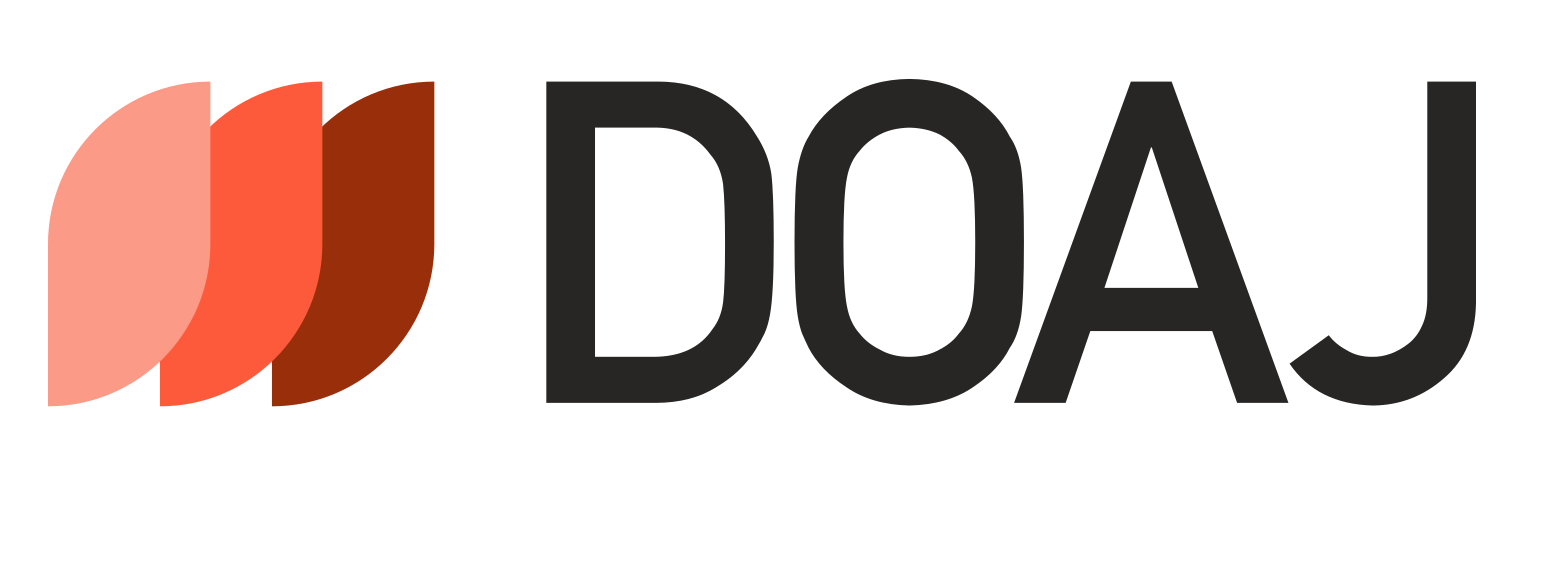The Right to Compensation for Moral Damage in Administrative Courts in the Kingdom of Saudi Arabia: A Comparative Study
DOI:
https://doi.org/10.35246/kvntj934Keywords:
Compensation for moral damage, the right to compensation for moral damage, compensation assessment mechanismsAbstract
Compensation for moral damage is in great need of continuous study, in order to adapt to moral effects, and the reason for this is the extreme fatigue as long as the effects of moral effects and then assessing its subject materially, then this depends to a large extent because of its more than objective character, which led to a problem in practical reality, where the inability to compensate for moral damage. The problem is not in the refusal of the judicial authorities to compensate for moral damage, but in the absence of an amendment to estimate compensation for moral damage, and then rule on it.
In order to reach a theatrical concept for mechanisms for compensation for moral damage, this study used comparative experiments in addition to analytical description, which helped the researcher to explain, detail and allocate compensation for moral damage in a number of countries, divided into three groups: the first, America and Britain, the second European countries, and the third the Kingdom of Saudi Arabia. The study reached many results, the most prominent of which is: the possibility of proving the right to compensation for moral damage on the control of laws and regulations in these countries, which we divided into three groups. The study recommends the importance of the criteria for determining compensation for moral damage, the more reliance on administrative personal criteria in compensating for moral damage, and the strength of the compensatory bond for this effect, which leads to achieving the goal, which is to reach the appropriate personal recognition in compensation for moral damage.
Downloads
References
I. Abdullah bin Muhammad Al-Khunin, Saudi Civil Law - Part Two: Compensation for Damages, Dar Al-Fikr for Publishing and Distribution, Riyadh, 2018.
II. Abdulmalik bin Abdul Mohsen Al-Askar, "Compensation for Moral Damage," Imam Muhammad ibn Saud Islamic University, Saudi Judicial Scientific Society 27, 2022.
III. Asmaa Faraj, "Compensation for Moral Damage in the Saudi System," Journal of Rights and Liberties 12 (2), 2024.
IV. Christoph von Baar, European Jurisprudence and Moral Compensation, Brill Publishing, 2019.
V. David Byrd, Compensation for Torts in the American Judiciary, West Publishing, 2019.
VI. Dogan Gultutan, Moral Damages under International Investment Law: The Path Towards Convergence, Kluwer Law International, 2021.
VII. Elizabeth Hicks, Moral Damage in European Union Law, Routledge, 2020.
VIII. Hayk Margaryan, Material compensation of moral damage: Definition, Ground, LAP LAMBERT Academic Publishing, 2012.
IX. Hayman Hussein Hamadamin, "Moral Harm and Compensation for It in Comparative Administrative Law and Judiciary: A Comparative Analytical Study," Arab Center for Studies and Scientific Research for Publishing and Distribution, 2018.
X. Issam Nehme Ismail, "On the Obligation of Compensation for Moral Damage," Journal of Law and Political Science 40, Lebanese University, 2023.
XI. James Cook, American Judiciary and Moral Damage, Columbia Publishing, 2018.
XII. Jean-Pierre Cazal, European Law of Compensation for Torts, Cambridge University Press, London, 2015.
XIII. John King, Moral Damage in the American Judiciary, Harvard University Press, 2017.
XIV. Kelen Campos Benito, Moral Damage in Social Security Benefits, Our Knowledge Publishing, 2024.
XV. Khaled bin Abdulrahman Al-Hussainan, Moral Damage in the Saudi Judiciary, Dar Al-Asima for Publishing and Distribution, Riyadh, 2016.
XVI. Mansour bin Abdul Rahman Al-Haidari, "Methods of Estimating Compensation for Moral Harm," Justice Journal 17 (69), Ministry of Justice, 2015.
XVII. Mark Friedman, Compensation for Torts in European Law, Oxford Publishing, 2017.
XVIII. Mark Griffiths, American Law of Compensation for Torts, Oxford Publishing, 2020.
XIX. Mohammed bin Abdullah Al-Abd Allah, Compensation for Damages in Saudi Law, Dar Al-Thaqafa for Publishing and Distribution, Riyadh, 2014.
XX. Mohammed bin Abdullah Al-Abdullah, Moral Compensation in European Jurisprudence, Dar Al-Thaqafa for Publishing and Distribution, Riyadh, 2018.
XXI. Mona bint Abdul Rahman Al-Muaidhar, "Compensation for Moral Harm in Jurisprudence and the Saudi System: Ancient and Modern," Journal of the Islamic University for Sharia Sciences 58 (209), 2024.
XXII. Muhammad Abdul Aziz Al-Yamani, "Financial Compensation for Psychological and Moral Harm: A Comparative Study," Arab Journal of Security Studies 24 (47), Naif Arab University for Security Sciences, 2008.
XXIII. Omar Awad Al-Awfi, "Estimating Compensation for Harmful Acts According to the Civil Transactions Law: An Analytical Study," Andalusian Journal of Humanities and Social Sciences 96, 2024.
XXIV. Robert Rabin, Moral Damage in the United States Law, University of California Press, 2020.
XXV. Robert Sprague, Privacy Self‐Management: A Strategy to Protect Worker Privacy from Excessive Employer Surveillance in Light of Scant Legal Protections, American Business Law Journal 60 (4), 2023.
XXVI. Saad bin Muhammad Al-Shathri, The Saudi Judge's Guide - Compensation for Damages, Dar Al-Thaqafa for Publishing and Distribution, Riyadh, 2020.
XXVII. Wim Van Lent and others, Moral Repair: Toward a Two-Level Conceptualization, Business Ethics Quarterly 33 (4), 2023.
XXVIII. Yazid Saleh Al-Suhaibani, “Compensation for Moral Damage in Light of Islamic Jurisprudence and the Civil Transactions System in the Kingdom of Saudi Arabia,” Journal of Arab Studies 8 (49), Minya University, 2024.
XXIX. Zoran Radivojević and Nebojsa Raicevic, State Liability for Non-Pecuniary Damages in the Jurisprudence of the European Court of Human Rights, SSRN, 2020.
Downloads
Published
Issue
Section
License

This work is licensed under a Creative Commons Attribution 4.0 International License.
Copyright and Licensing:
For all articles published in Journal of Legal Sciences, copyright is retained by the authors. Articles are licensed under an open access Creative Commons CC BY 4.0 license, meaning that anyone may download and read the paper for free. In addition, the article may be reused and quoted provided that the original published version is cited. These conditions allow for maximum use and exposure of the work.
Reproducing Published Material from other Publishers: It is absolutely essential that authors obtain permission to reproduce any published material (figures, schemes, tables or any extract of a text) which does not fall into the public domain, or for which they do not hold the copyright. Permission should be requested by the authors from the copyrightholder (usually the Publisher, please refer to the imprint of the individual publications to identify the copyrightholder).
Permission is required for: Your own works published by other Publishers and for which you did not retain copyright.
Substantial extracts from anyones' works or a series of works.
Use of Tables, Graphs, Charts, Schemes and Artworks if they are unaltered or slightly modified.
Photographs for which you do not hold copyright.
Permission is not required for: Reconstruction of your own table with data already published elsewhere. Please notice that in this case you must cite the source of the data in the form of either "Data from..." or "Adapted from...".
Reasonably short quotes are considered fair use and therefore do not require permission.
Graphs, Charts, Schemes and Artworks that are completely redrawn by the authors and significantly changed beyond recognition do not require permission.
Obtaining Permission
In order to avoid unnecessary delays in the publication process, you should start obtaining permissions as early as possible. If in any doubt about the copyright, apply for permission. Journal of Legal Sciences cannot publish material from other publications without permission.
The copyright holder may give you instructions on the form of acknowledgement to be followed; otherwise follow the style: "Reproduced with permission from [author], [book/journal title]; published by [publisher], [year].' at the end of the caption of the Table, Figure or Scheme.











